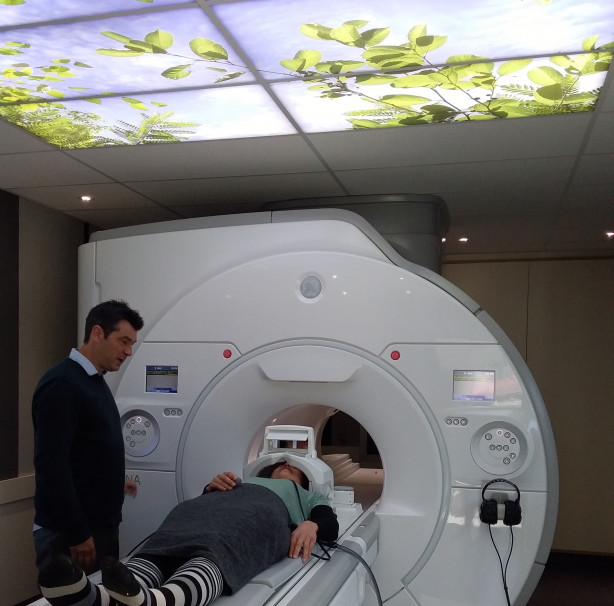Better than a hole in the head: using MRI to measure pressure on the brain

Dr Samantha Holdsworth and Dr Sarah-Jane Guild of the University of Auckland will determine if their newly developed medical imaging method can be used as a non-invasive measure of intracranial pressure
Head injuries, brain tumours and meningitis are some of the many conditions that can lead to an increase in pressure around the brain, or intracranial pressure. If this pressure is not relieved, it can lead to serious consequences for the patient including brain injury, coma, and even death. Currently the only way to diagnose an increase in intracranial pressure is to measure it through a hole drilled into the patient’s skull. But what if intracranial pressure could be measured with a non-invasive method such as a Magnetic Resonance Imaging (MRI) scan?

MRI scan. Photo supplied
Dr Holdsworth and Dr Guild lead a team at the University of Auckland who, in an international collaboration, have developed a new method of three-dimensional medical imaging known as amplified MRI (aMRI). This method can detect changes in brain motion associated with increased intracranial pressure. Using a combination of bespoke computational modelling and bioengineering tools, the team will establish if aMRI can be used to differentiate normal and abnormal intracranial pressure, first in a relevant pre-clinical model, and then looking at a cohort of patients.
This Marsden Fund project has the potential to revolutionise the diagnosis and treatment of patients with increased intracranial pressure.
